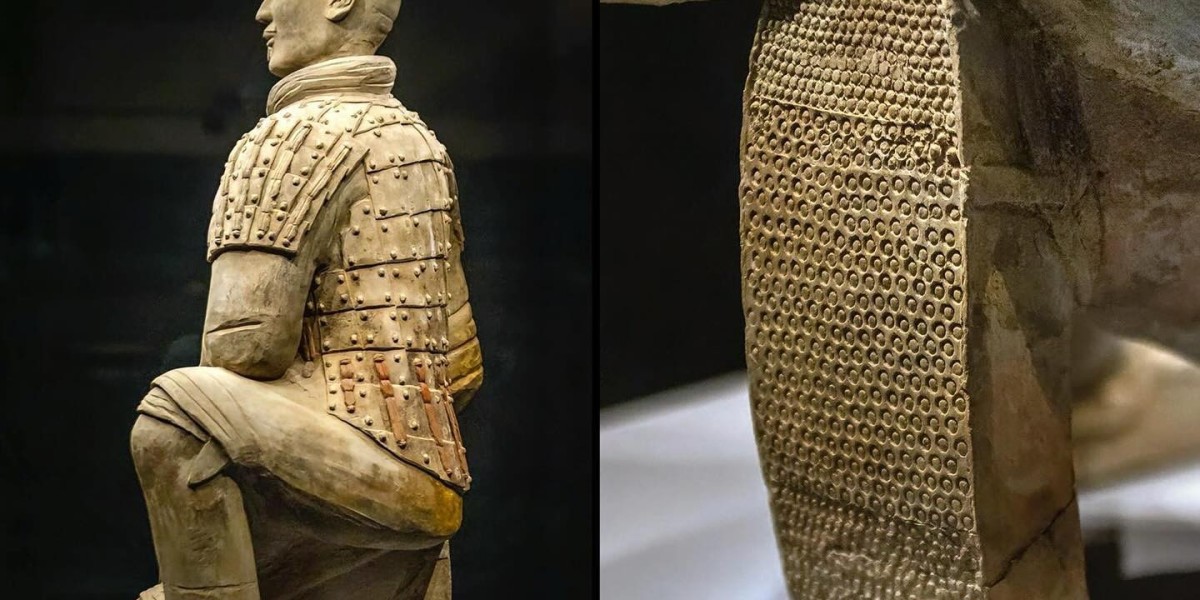Introduction: In the heart of China lies a marvel that has captivated the world for centuries—the Terracotta Warriors. Among these clay soldiers, one stands out as the sole warrior found completely intact, offering a glimpse into the meticulous craftsmanship of a civilization over 2,200 years ago. In this blog post, we delve into the fascinating details of these unique artifacts and the mysteries that surround them.
The Remarkable Detail of a Sole Survivor: The spotlight shines on a single terracotta warrior, the only one found entirely intact. What sets him apart is the intricate detail on the bottom of his shoe, revealing a keen consideration for grip and traction—an unexpected feature from an ancient civilization.
Unparalleled Uniqueness: Each of the 8,000 life-size clay warriors is a testament to the artisans' dedication, as no two are exactly alike. The level of detail and craftsmanship invested in each warrior suggests a commitment to individuality, making the army guarding the tomb of Qin Shi Huang truly one of a kind.
A Tragic Fate and Painstaking Restoration: The tomb, completed in 210–209 BC, fell victim to looting and fire shortly thereafter, causing the roof to collapse and crushing the terracotta warriors. The ones we see today are meticulous restorations, a testament to the dedication of those preserving ancient history.
Vibrant Colors Lost to Time: Originally painted in vivid colors by skilled artisans, the terracotta warriors held an aesthetic allure. However, exposure to air and sunlight during excavation in the 1970s led to the rapid disappearance of these vibrant hues, leaving us to marvel at their original glory only through historical accounts.
Guardians of an Emperor's Legacy: Commissioned to guard the tomb of Qin Shi Huang, the first emperor of unified China, the terracotta warriors stand as silent sentinels. The tomb, rumored to house an entire kingdom and palace adorned with pearl-studded ceilings to mimic the night sky, remains unopened to this day.
Secrecy and Sacrifice: Legend has it that to safeguard the tomb's location, workers were entombed with the emperor. Ancient historian Sima Qian described the use of mercury to fashion rivers and seas inside the tomb. Modern tests confirming high mercury levels in the soil lend an air of authenticity to these ancient accounts.
The Elixir of Immortality: A curious twist in the tale emerges when exploring the death of Emperor Qin Shi Huang. Historical records suggest his demise was a result of ingesting mercury pills, believed at the time to be an elixir of immortality—an irony that adds intrigue to the mysteries surrounding the emperor.
Conclusion: The Terracotta Warriors continue to stand as a testament to ancient Chinese artistry and engineering. Each warrior tells a story of individuality and attention to detail, while the tomb they guard remains a treasure trove of mysteries, awaiting the day when its secrets will be unveiled. In the meantime, the silent army of clay soldiers invites us to marvel at the ingenuity of a civilization lost to time.








